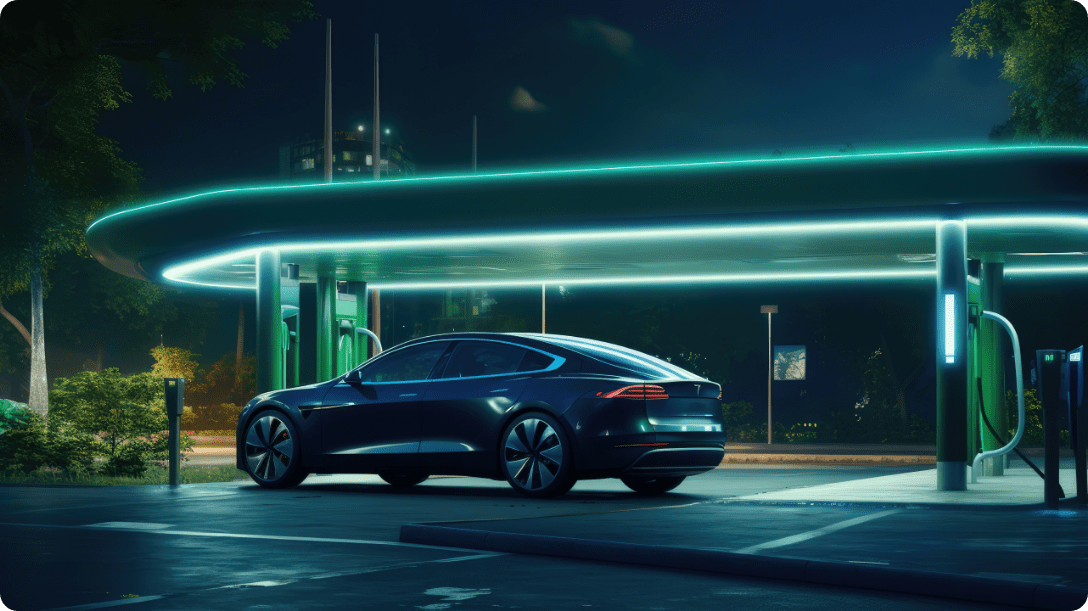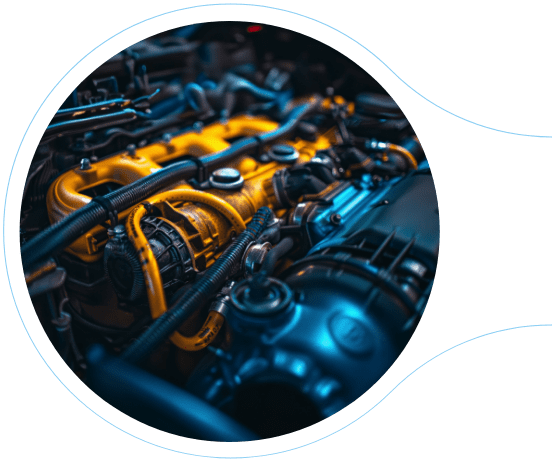
The client struggled with high CO₂ emissions from gas-fueled hot water generation. Higher energy consumption resulted in higher operational expenditures (OpEx), and the lack of temperature and humidity control in the Air Separation Unit (ASU) led to discomfort during summer.
Hybrid heating and cooling technology for Pre-treatment (PT) area
Smart energy EC/EC+ fans

The global crackdown on petrol and diesel car sales, regulatory pressures on sustainable manufacturing and operations, and a volatile energy market are mounting pressures on the automotive industry. Amid rising demand for more innovative energy technologies, decarbonization, and net-zero emissions, automotive leaders also grapple with macroeconomic hurdles such as supply chain disruptions, resource depletion, and geopolitical tensions. Meeting the energy needs while achieving environmental goals translates to a cultural shift for enterprises. Leaders must embed sustainability-driven objectives from strategy to production and the aftermarket phase.
Our client, a leading automotive manufacturer, faced energy and cost optimization issues. Their paint factory generated high CO₂ emissions due to gas-based hot water generation during winters. At the same time, the lack of temperature and humidity control in the ASU led to discomfort during summer. Moreover, inefficient belt-driven fans in ASU blowers resulted in higher energy consumption, leading to elevated operating expenses. They looked forward to establishing an optimal system design to maximize energy efficiency and prevent cost overruns.

Bosch SDS tailored the perfect solution architecture by replacing the gas-based heating systems in the PT area with water-source and air-source heat pumps to ensure improved operations in all seasons. Besides improving workplace comfort through advanced temperature and humidity control, our cutting-edge energy optimization solutions also benefited the client in the following ways:
Bosch SDS’ solution architecture for a hybrid model is testimony to its decade-long-expertise in laboratory-developed in-house solutions that ensure high efficiency while optimizing energy usage. This enabled us to recommend the best hardware and technology combination tailored to fit our client’s specific business needs and future aspirations, after a detailed assessment of their industrial plant landscape.
Reduced utility costs up to USD 52.5 Lakhs per annum
Significant reduction in CO2 emissions
Enhanced energy efficiency
Payback period of approximately 6.7 years
Improved comfort for associates with prompt temperature and humidity control
Reduced operating and capital expenses

Our experts helped the client adopt a future-forward approach to energy efficiency by modernizing their ASU system. Adhering to lean manufacturing principles, we helped the client to strategically optimize costs by using intelligent and scalable technology that maximizes impact while minimizing resource use. With our cutting-edge solution architecture, the automotive company meets current operational needs and can accommodate future expansions and upgrades with minimal disruption.
